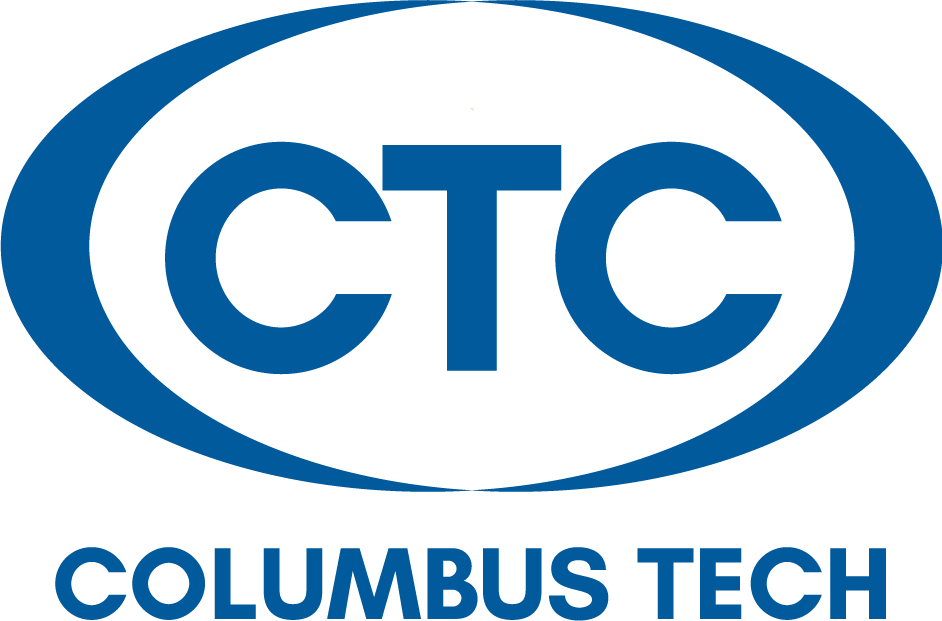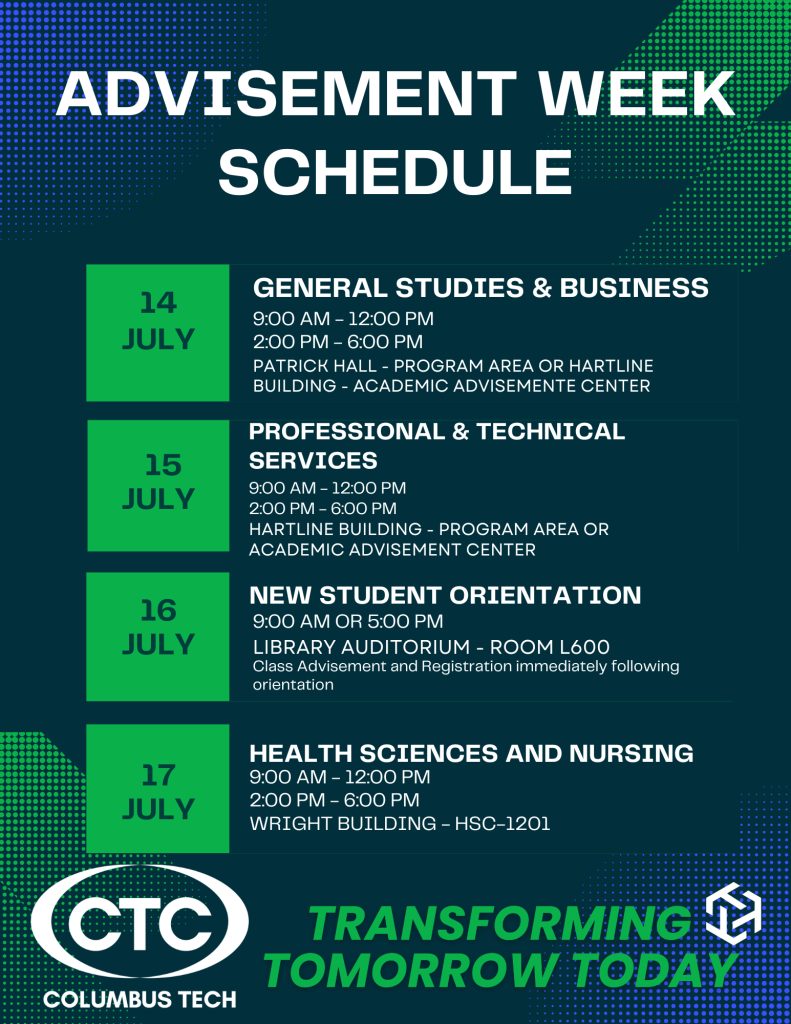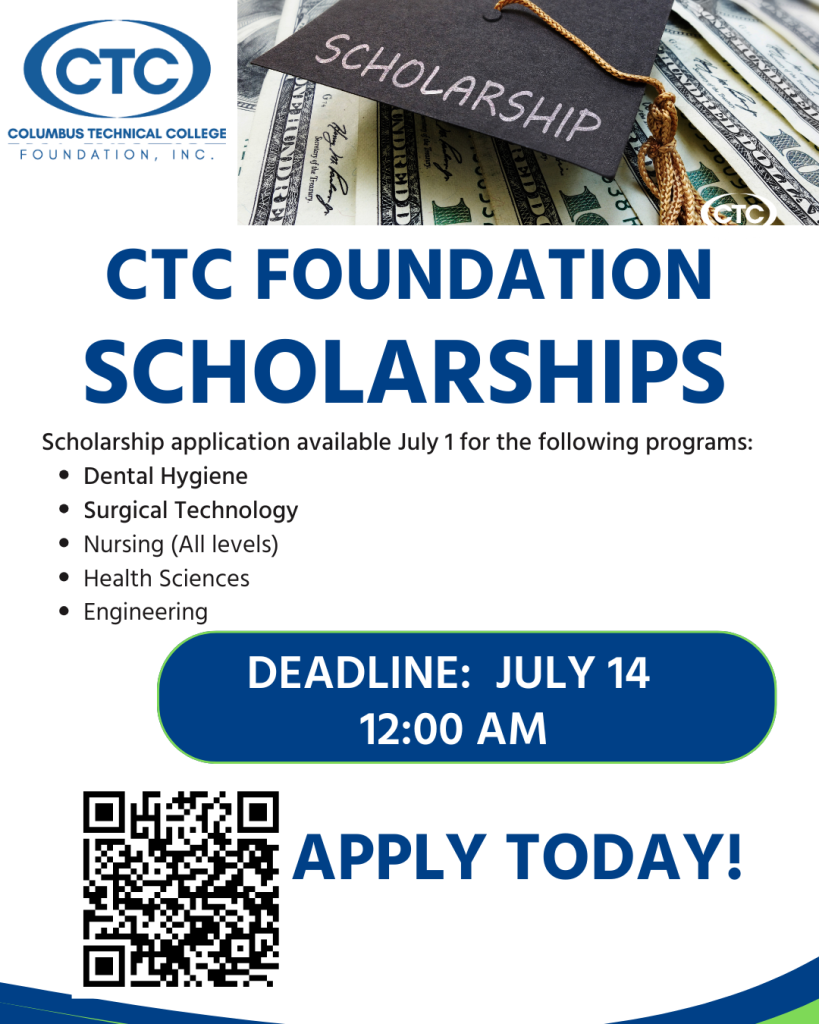Lesson 2: Introduction to the Information World
Learning Objectives
- Identify appropriate sources for specific types of information
- Understand the relationship between information and time
- Understand the purpose of creating research citations
Estimated time to complete: 45 minutes.
Introduction
The World of Information
We live in the Information Age. Traditional methods of publishing and broadcasting information, in combination with the Internet (the global system of interconnected computer networks), make it possible for information to be generated, transmitted, and used at an unprecedented rate. The rise of social media has exponentially increased the amount of information available and requires us to question what is authoritative and reliable. The challenge today is to be able to find a particular piece of information in the vast supply available.
Defining an Information Need
The best way to begin a search for information is to define your information need. Ask yourself, “What kind of information do I need?” You may need a quick reference to a fact, an overview, an in-depth treatment, or a comprehensive search of research on a topic. Before you begin your research, think about what you know and what you need to investigate. You will begin your investigation by searching for background information. This will also help you develop a search strategy. Once you decide what type of information you need, you can search for appropriate sources. You may find it useful to use concept mapping (a quick bubble diagram of ideas). Concept mapping will help you choose a topic and develop a search strategy.
Watch this YouTube video, Concept Mapping: How to Start Your Term Paper Research (3:58), to learn more:
Video summary: How do we start our research for a term paper? One way is to map out our ideas and identify some of our key concepts to develop our research question. We can then develop our research statement and come up with key terms to use for finding books and researching in article indexes.
Information Sources
Types of Sources
- Magazines & Newspapers: Magazines and newspapers have a collection of articles and images about diverse topics of popular interest and current events. Usually these articles are written by journalists and are geared toward the average adult. Magazines may cover very “serious” material, but to find consistent scholarly information, you should use journals. Newspapers are great sources for local information. Magazines and newspapers, like journals, are called “periodicals” because they are published at regular intervals throughout the year.
- Encyclopedias: Encyclopedias are collections of short, factual entries often written by different contributors who are knowledgeable about the topic. There are two types of encyclopedias: general and subject. General encyclopedias provide concise overviews of a wide variety of topics. Subject encyclopedias contain in-depth entries focusing on one field of study.
- Catalog: The Library catalog is a searchable record of print, electronic, and multimedia material in the library. The catalog identifies the location of resources that the library owns on your topic. Columbus Technical College uses the Dewey Decimal system to shelve materials. This system is also used in the public library system.
- Databases: Subscription databases accessible through GALILEO, such as EBSCOHost and ProQuest, provide access to authoritative information that has been reviewed or edited. These databases are where you will find periodicals. Some periodical databases contain only abstracts or brief summaries of articles, but other databases contain the full text of articles in PDF or HTML format.
- A journal is a collection of articles usually written by scholars in an academic or professional field. An editorial board reviews articles to decide whether they should be accepted. Peer reviewed journals send articles to a panel of experts in the field for review. Articles in journals can cover very specific topics or narrow fields of research. Since journals are published on a regular or periodic basis, they are grouped in the category called “periodicals.” Journals are valuable for finding out what has been studied on your topic and to find bibliographies that point to other relevant research.
- Government documents come from all levels of government (international, national, state, and local) and all branches (executive, legislative, and judicial). They provide both historical and current information and statistical data.
- Books: Books, also called monographs, typically give a thorough treatment of a subject. Your library offers print and electronic books on any topic. For research purposes, look for books that provide comprehensive information including background and analysis of your general topic. Libraries organize and store their book collections on shelves called “stacks.”
- World Wide Web: The World Wide Web allows you to access most types of information on the internet through a browser. One of the main features of the Web is the ability to quickly link to other related information. The Web contains information beyond plain text, including sounds, images, and video. Since no one monitors the quality of the information, you must carefully evaluate your results.
Finding Tools
Use the following tools to efficiently locate the information you need.
Internet search engines
- Search engines such as Google and Yahoo! allow you to search the Web for sites related to your topic. Searching the Web is a bit like going to a flea market, in that you can find items of true value, but they are mixed in with items of little or no value. You can spend a great deal of time sifting, sorting, and selecting before you find something truly useful.
- See Lesson 5 for more information on effective Web searching.
Subscription databases
- The databases provided by the library are more comparable to fine department stores, where items of higher quality, such as e-books and articles from scholarly journals and magazines are carefully selected, organized, and displayed in a way that makes it easy to find what you need.
The library catalog
- The online library catalog helps you locate and access all of the print, electronic, and multimedia materials held by your library
The Information Cycle
One important thing to consider when deciding on what type(s) of information sources to use is their relationship to the time an event took place. Take a look at this timeline developed by Northwest Missouri State College. Think about the ways this could impact your research.
Newspaper reports published immediately after the event would tell you how people responded at the time of the event but would not have all the facts as to why and how the event occurred. Sometimes as these additional facts become available, it can be discovered that initial impressions of the event were erroneous. On the other hand, you may want to analyze how views changed towards an event in which case you would want to find sources written at different times.
Understand the Importance of Citation
Many students wonder why they need to go to the trouble to include citations for sources used in research papers, speeches, or other assignments. There are three reasons to include citations when you use another person’s words, pictures, or ideas.
- Give credit to the author
- Enable your reader to locate the source you used
- Lend credibility to your writing or other creation.
Establishing your credibility remains a valuable skill after college. It is important to remember that the real issue is using someone else’s ideas. It is not just when you use someone’s exact words that you have to cite the source. If you move words around or replace words with synonyms (paraphrasing), you are still using that person’s work and must include a citation. A good rule of thumb is when in doubt, cite. See Lesson 7 for more information on how to interpret citations and how to cite sources accurately.
<– previous page | return to top | next page –>
Date last modified: 2/16/2015
Contact Saxony Betts for questions or comments.
Based on Connect for Success by Tara Cassidy at Virginia’s Community Colleges. Used with permission.

This work is licensed under a Creative Commons Attribution-ShareAlike 4.0 International License.



